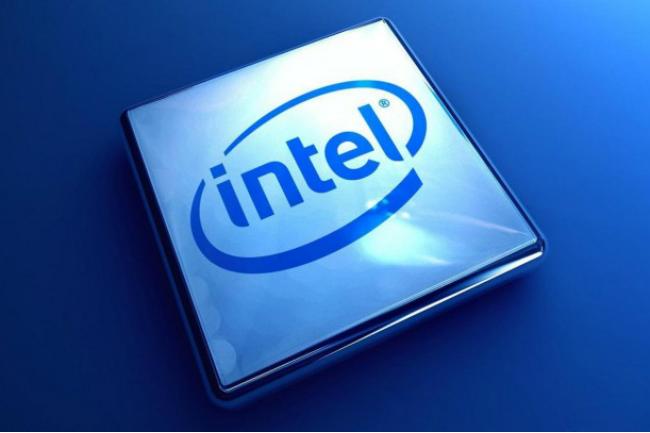
Nobody ever said changing the way people watch TV would be easy, but we’ve been holding onto hope that Intel and Sony might make breakthroughs later in 2013 with their anticipated Internet-based TV services. Unfortunately, it now appears that the future of television delivery will have to wait until some date…in the future. According to The New York Times, Intel has pushed back the launch date of it’s OnCue service into 2014, and word is that Sony is no further along with its own mysterious service. The problem? Licensing deals.
While it would seem that much of the public is ready for a Pay TV revolution, it appears TV networks are unenthusiastic. According to the Times article, Intel hasn’t been able to lock down the licensing deals necessary to offer television shows through a set-top box that would essentially bypass cable and satellite companies. Considering how lucrative the deals networks have with those cable and satellite companies are, this news doesn’t come as much of a surprise. So long as climbing on board with an Internet-delivered TV service stands to jeopardize existing revenue streams, Pay TV networks will remain reluctant.
Networks and cable/satellite operators already have a tenuous relationship; the public battle between Time Warner Cable (TWC) and CBS is the most recent example of that. Dish Network and DirecTV have both been involved in spats that resulted in blackouts as well. Imagine, then, what the threat of feeding content to cable/satellite competitors might result in. There’s even a good chance that recently inked deals include clauses that prevent networks from signing agreements with Internet-delivered TV services.
While Intel appears to remain committed, it makes sense that it would do what is necessary to avoid coming to market with a half-baked product. In order for its service to succeed, the company needs to come out with a strong, compelling product with lots of programming people actually want.
For Sony’s part, it is unclear whether its preliminary deal with Viacom has made any headway since we last reported on the matter.



